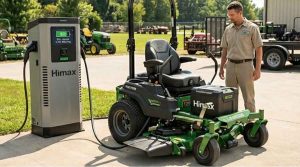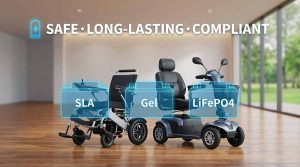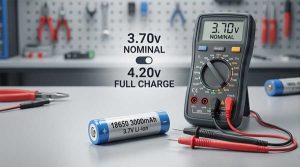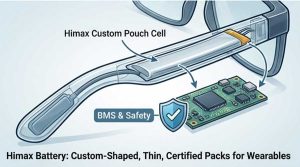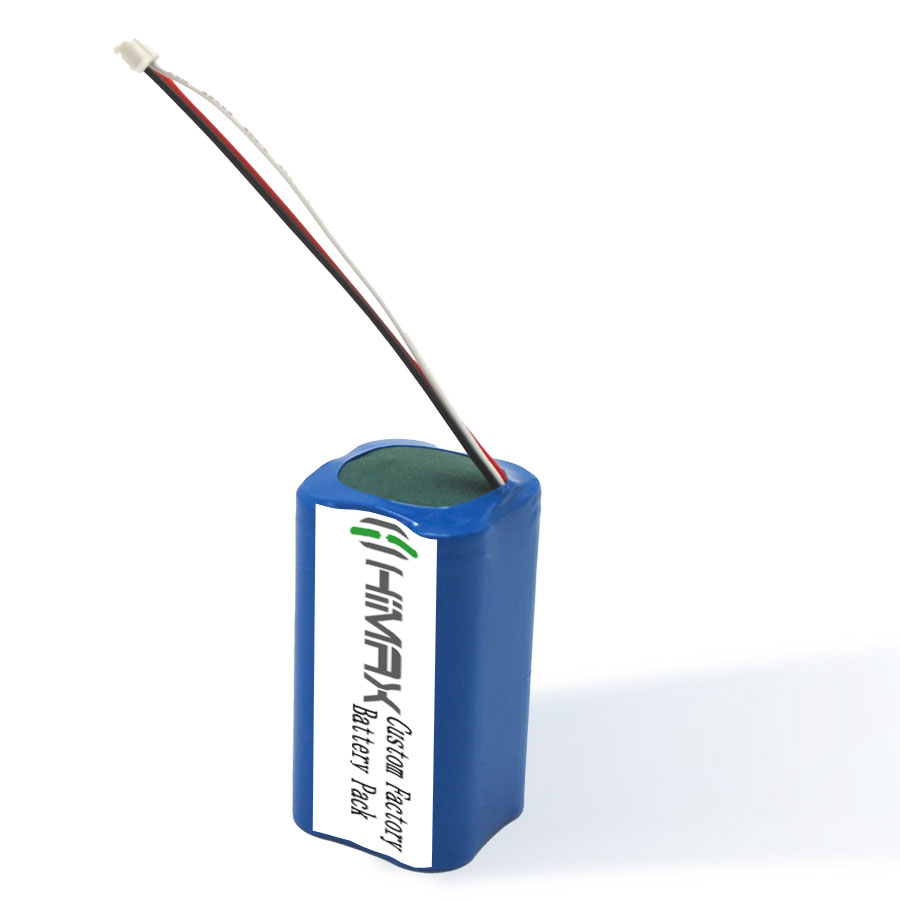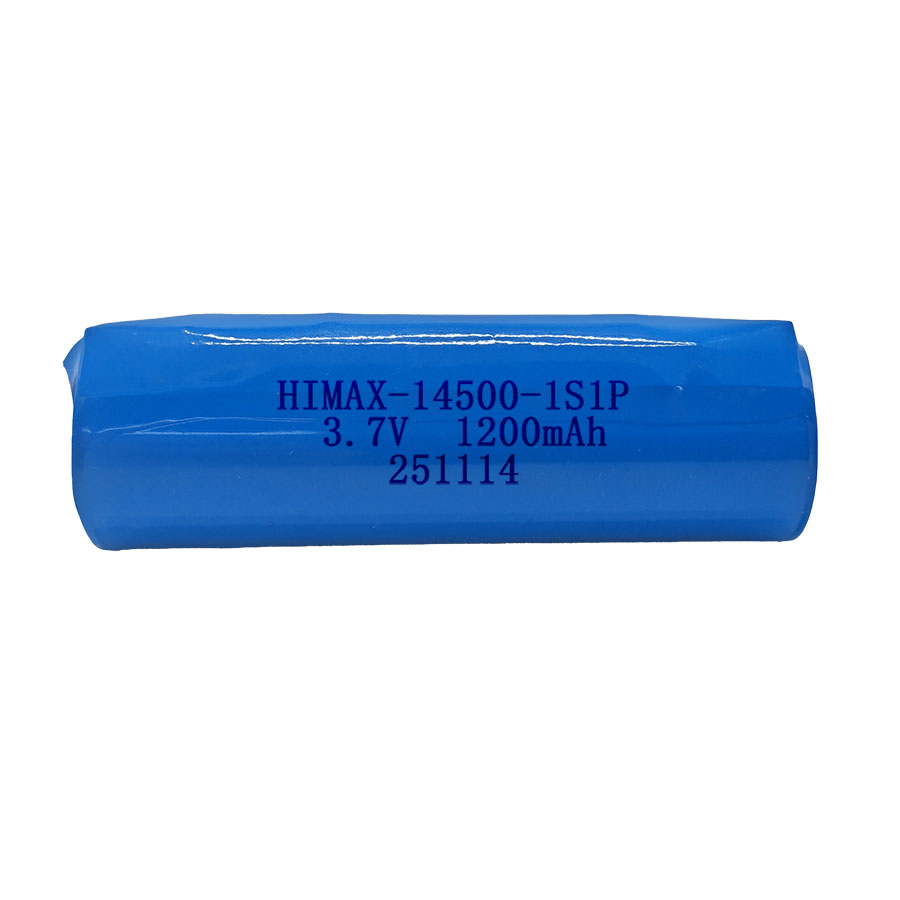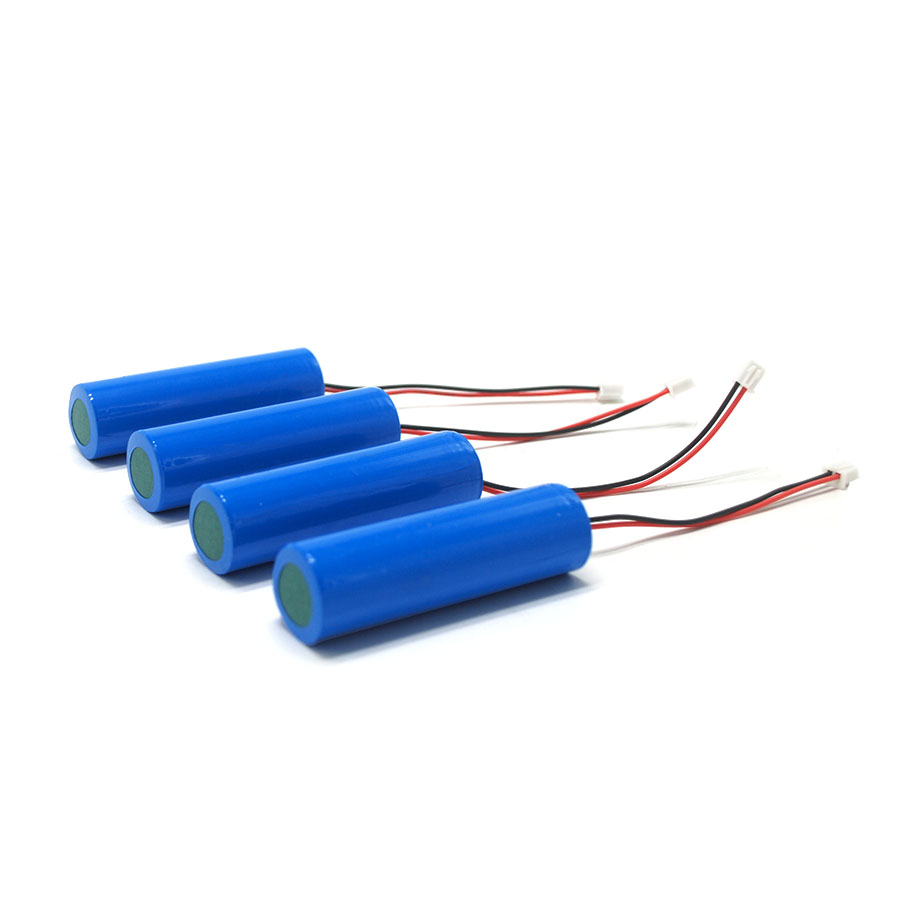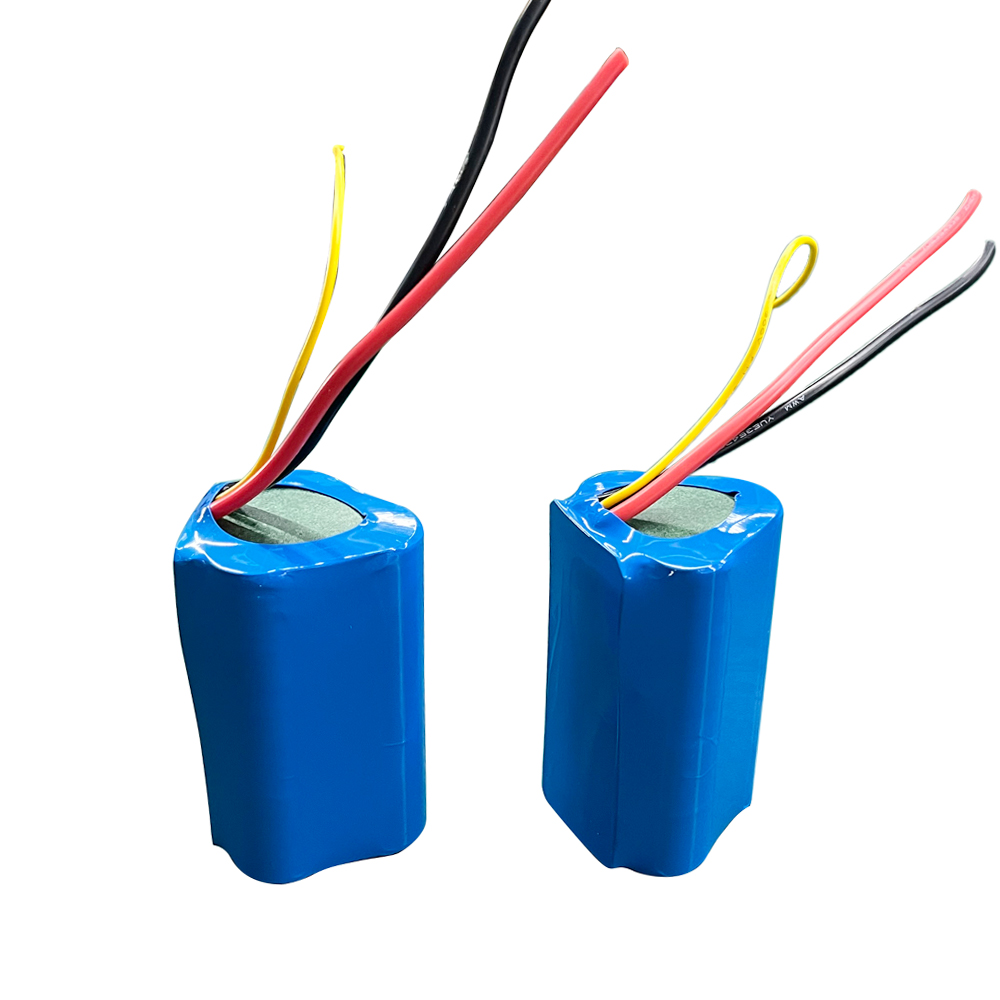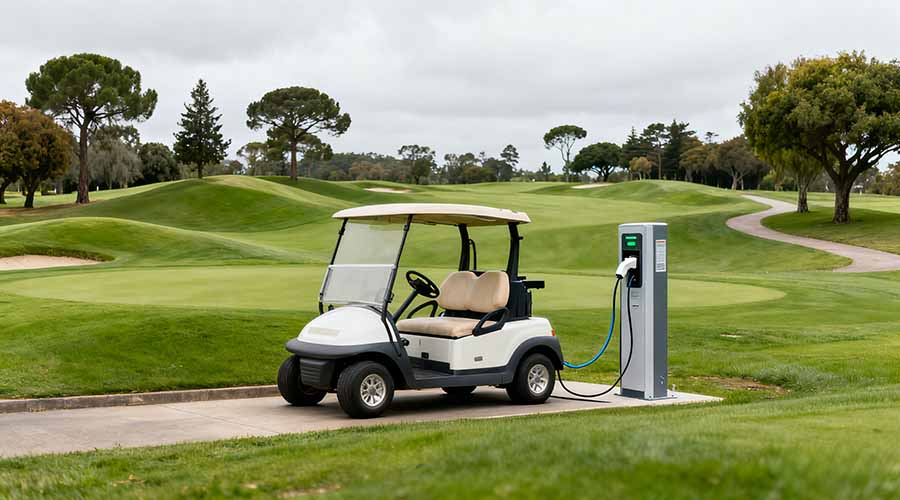
Electric golf carts are like silent partners on the fairway—steady, dependable, and ready to roll. But what happens when your cart refuses to move, even though the golf cart batteries are fully charged? It’s one of the most frustrating issues for any golf cart owner. You plug in, see the charger turn green, but when you press the pedal—nothing. Let’s uncover the hidden reasons behind this mysterious problem and find out how to bring your cart back to life.
Understanding the Basics: How a Golf Cart Gets Its Power
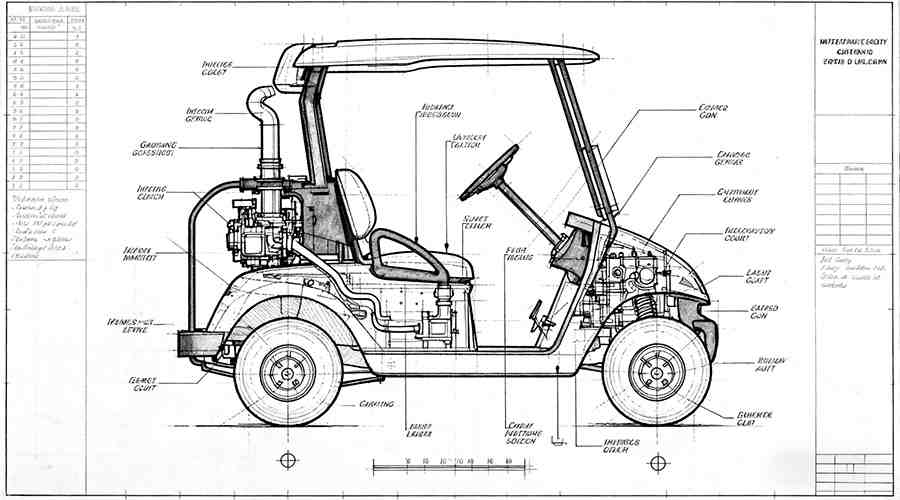
Before diving into the causes, it’s important to understand how an electric golf cart operates. Think of it like a human body—golf cart batteries are the heart, sending electrical energy (blood) through cables and components to make the motor (muscles) work. When everything flows smoothly, your cart glides across the greens effortlessly.
A fully charged battery pack should provide the necessary voltage and current to power the motor. However, if the cart isn’t moving, the issue often lies not in the battery’s charge level but in the path the energy takes.
Possible Reason 1: The Battery Connection Is Loose or Corroded
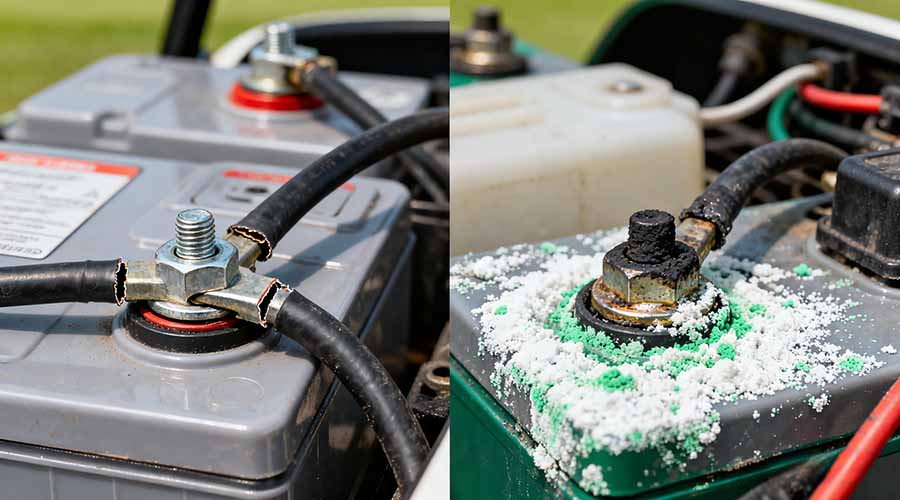
Sometimes, the smallest things can cause the biggest problems. Even when your golf cart batteries are full of energy, loose or corroded terminals can interrupt the power flow—like a clogged artery blocking blood circulation.
Check the battery cables first. Are they tight, clean, and free from corrosion? A little buildup of white or greenish powder might look harmless but can act like a wall between your battery and your motor. Clean the terminals gently using baking soda and water, then reconnect them firmly.
Possible Reason 2: The Key Switch or Forward/Reverse Switch Has Failed
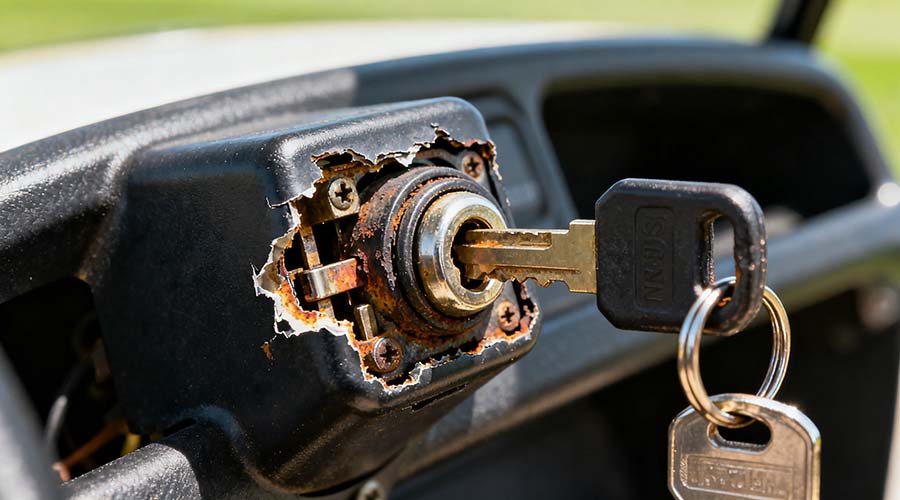
Imagine trying to start your car with a broken ignition—it won’t go anywhere. The same logic applies here. If your key switch or forward/reverse switch is faulty, the motor won’t receive the command to move.
Over time, switches can wear out or get moisture inside. Try toggling between forward and reverse a few times. Does the cart jerk slightly? That might mean the switch is partially connecting. If there’s no response at all, testing with a multimeter can confirm whether voltage is reaching the switch and continuing to the controller.
Possible Reason 3: Faulty Solenoid – The Hidden Culprit
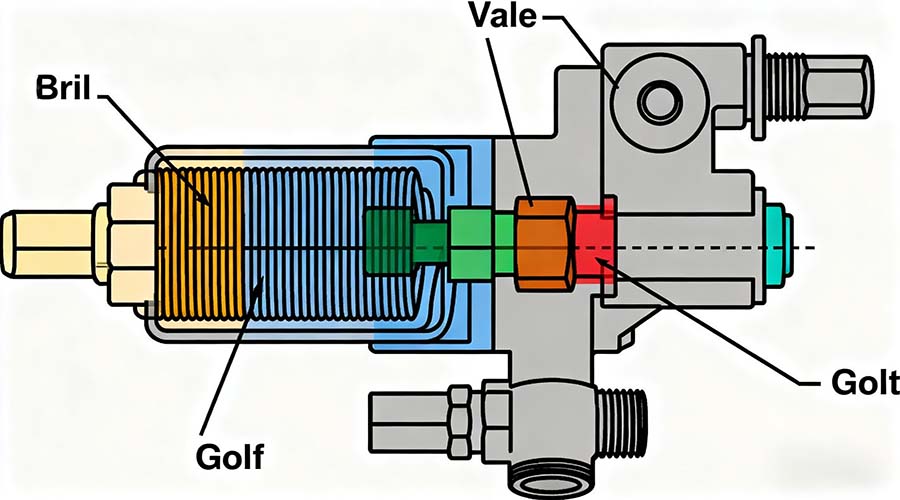
The solenoid acts as the gatekeeper between the battery and the motor. When you press the accelerator, the solenoid clicks—sending power forward. If it fails, even perfectly charged golf cart batteries can’t send power where it’s needed.
Listen closely when you press the pedal. Hear a click? That’s good. No sound? Your solenoid might be asleep on the job. You can test it using a voltmeter to see if it’s receiving the signal and passing current. Replacing a solenoid is a common fix that often brings the cart roaring—or rather, gliding—back to life.
Possible Reason 4: The Controller Is Malfunctioning
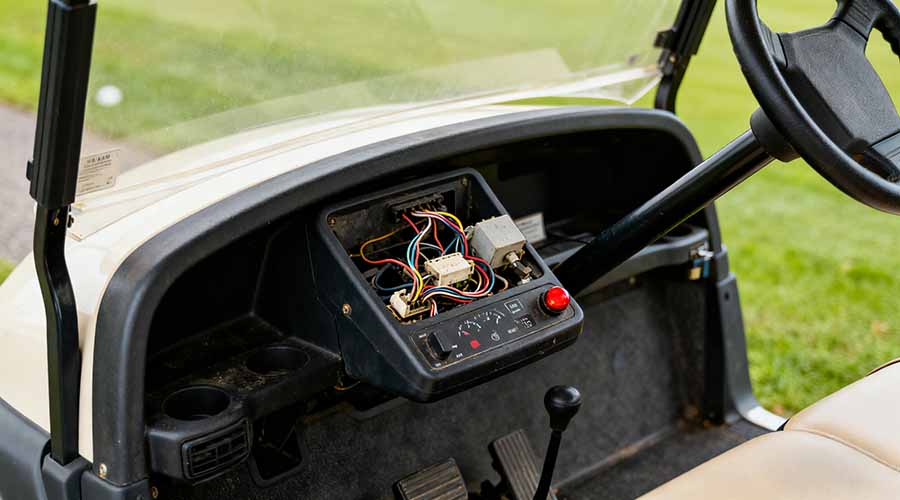
The controller is the “brain” of your golf cart. It tells the motor how much power to use and when to use it. If this electronic brain short-circuits or malfunctions, it can stop the cart from moving altogether.
A damaged controller might cause symptoms like sudden stops, sluggish acceleration, or no response at all. Diagnosing it requires a bit of technical skill, but a professional can check if voltage is leaving the controller toward the motor. If not, the controller may need to be repaired or replaced.
Possible Reason 5: Motor or Sensor Problems
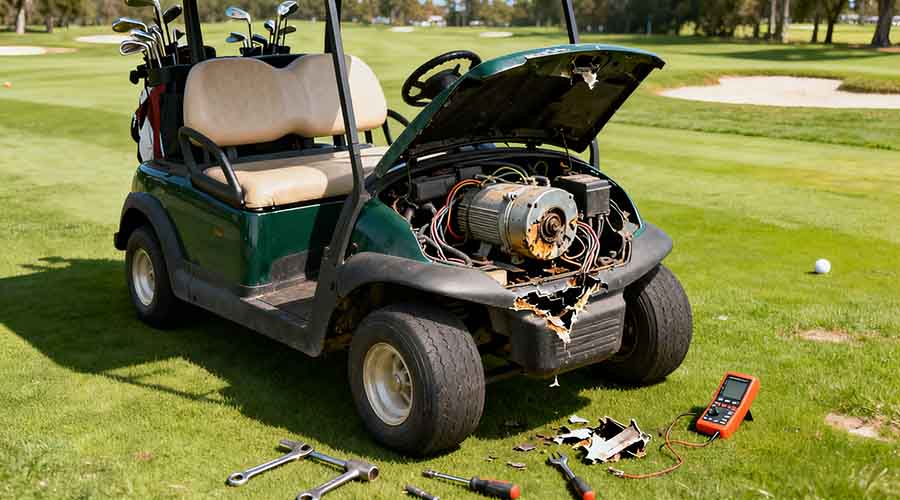
Sometimes, the issue is right at the motor itself. The brushes could be worn down, or an internal wire might be damaged. Think of it like a strong runner with a twisted ankle—the energy is there, but it can’t translate into movement.
In modern carts, sensors like the throttle position sensor (TPS) and speed sensor also play key roles. If they send incorrect signals, the controller may prevent the cart from moving to avoid damage. A faulty sensor can confuse the entire system.
Possible Reason 6: Parking Brake or Mechanical Resistance
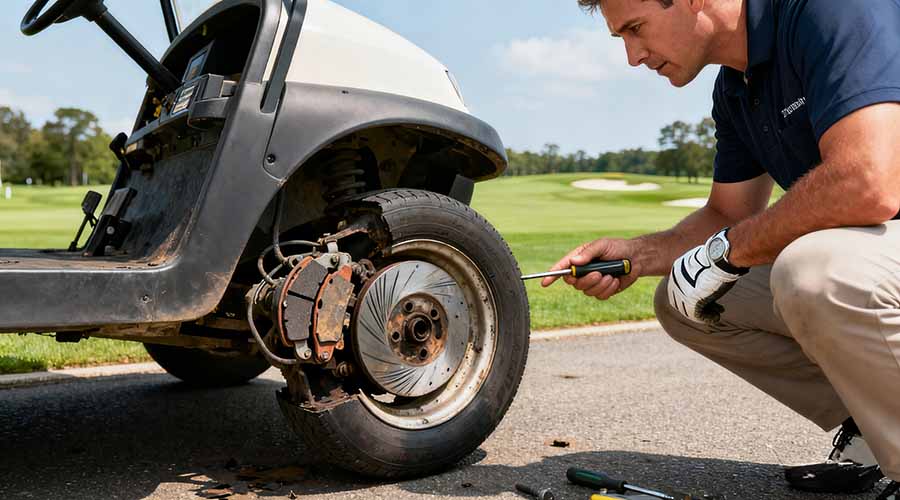
Before diving too deep into electrical troubleshooting, check the simplest thing—the brakes. If your parking brake is engaged, even the strongest golf cart batteries can’t move the cart an inch. Likewise, debris around the wheels or a stuck brake cable can cause resistance.
Try pushing the cart manually (with the power off). If it’s hard to move, you might be dealing with a mechanical issue rather than an electrical one.
Possible Reason 7: Battery Voltage Is Too Low Under Load
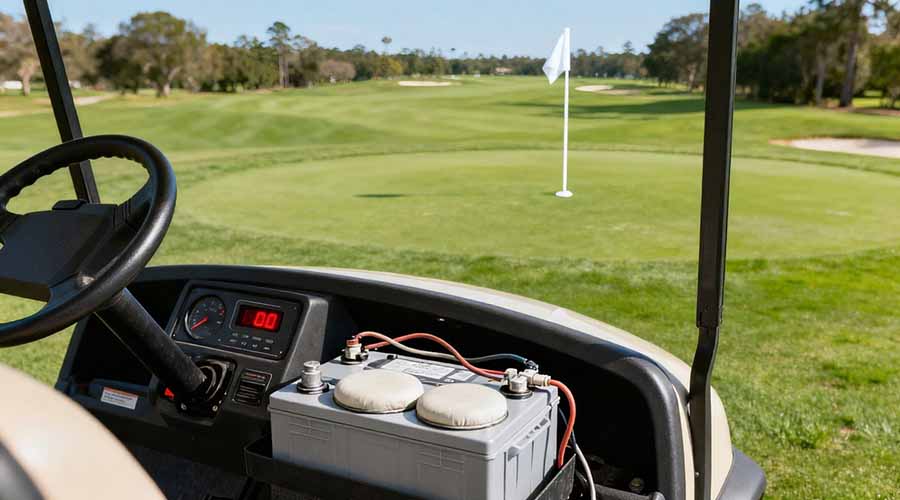
Even when your battery appears “fully charged,” it might not be capable of delivering enough power under load. A multimeter reading of 48 volts, for example, doesn’t always mean the golf cart batteries are healthy.
When you press the accelerator, voltage should stay steady. If it drops drastically, that means the internal capacity is weak—like a sprinter who looks fit but runs out of breath too quickly. Load testing your batteries will reveal their true condition. If they fail, it’s time to replace them.
Possible Reason 8: Faulty Charger or Incomplete Charging Cycle
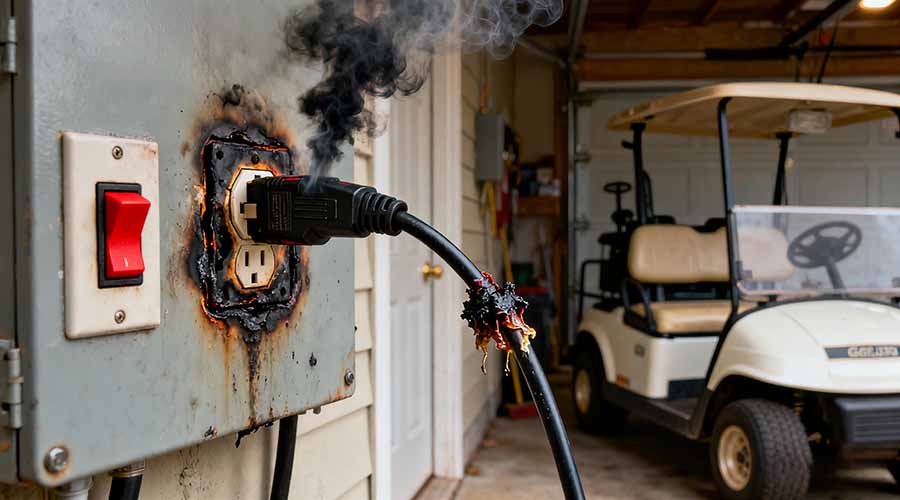
Have you ever thought your phone was fully charged only to see it drop from 100% to 50% in minutes? The same can happen with golf carts. A faulty charger or an interrupted charging cycle might make the indicator show “full” even though the batteries aren’t properly charged.
Check that your charger is working correctly and delivering the right amperage. It’s also a good idea to inspect the charging port for dirt or corrosion, as poor contact can lead to false readings.
Possible Reason 9: Wiring Harness Issues or Fuse Failure
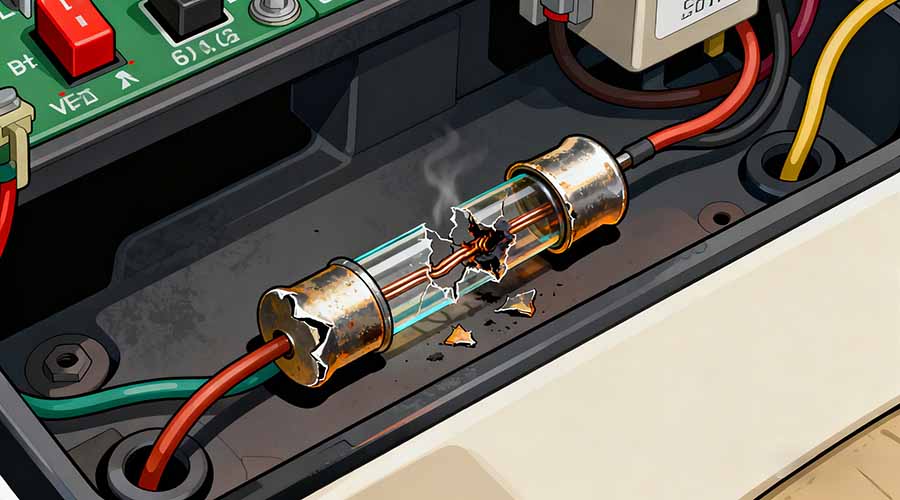
Electrical wiring is like a web—delicate but crucial. Over time, wires can loosen, fray, or get damaged by vibration, heat, or rodents (yes, it happens). If even one connection breaks, your golf cart may seem completely dead.
Inspect the fuse box too. A blown fuse is like a fallen domino that stops the whole chain from working. Replace any damaged or burned fuses and ensure proper wiring continuity.
Possible Reason 10: Onboard Computer Lockout or Safety Mode
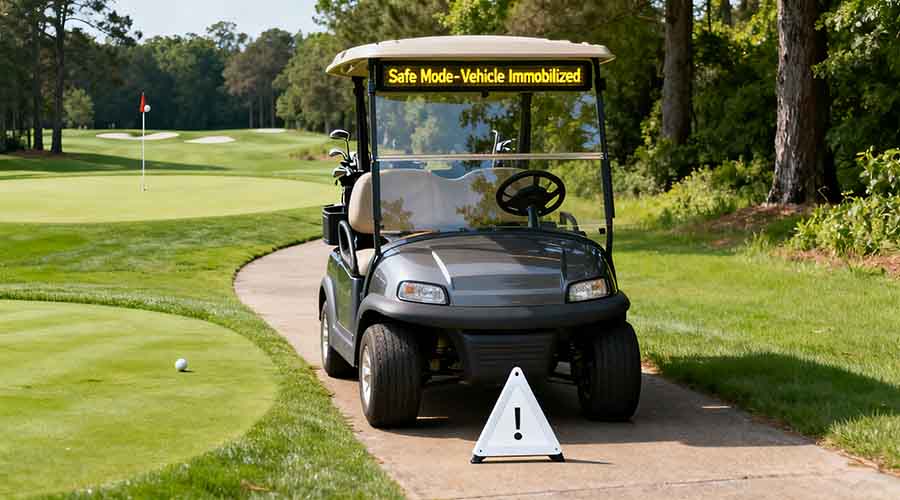
Some modern golf carts include onboard computers that protect the system from overcurrent, overheating, or unsafe operation. If something triggers the protection mode, the cart may lock itself and refuse to move.
Resetting the system often helps—simply disconnect the main positive and negative cables from the golf cart batteries for 10 minutes, then reconnect them. Like rebooting a computer, this can sometimes clear the problem.
How to Prevent This Issue in the Future
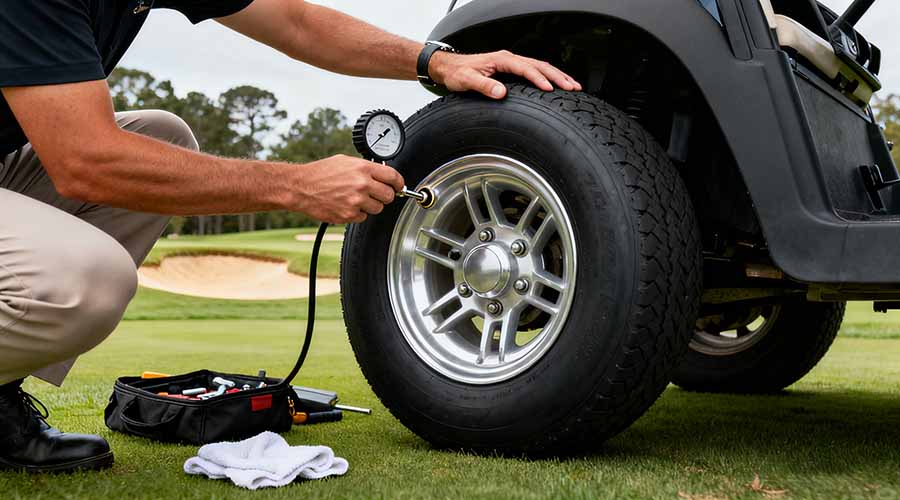
Prevention is always better than frustration. Regular maintenance can save you hours of troubleshooting later. Follow these steps:
- Clean battery terminals monthly.
- Tighten all cable connections.
- Keep your batteries fully charged and never let them discharge completely.
- Inspect wiring for damage or corrosion.
- Test your golf cart batteries under load at least twice a year.
These small habits can extend your golf cart’s lifespan and keep it cruising effortlessly across every fairway.
When to Seek Professional Help
If you’ve checked all these areas and the cart still won’t move, it might be time to call a professional. Certified technicians have diagnostic tools to check controllers, solenoids, and motors safely. It’s better to get an expert opinion than to risk further damage by guessing.
Power Up Your Ride with HiMAX Golf Cart Batteries
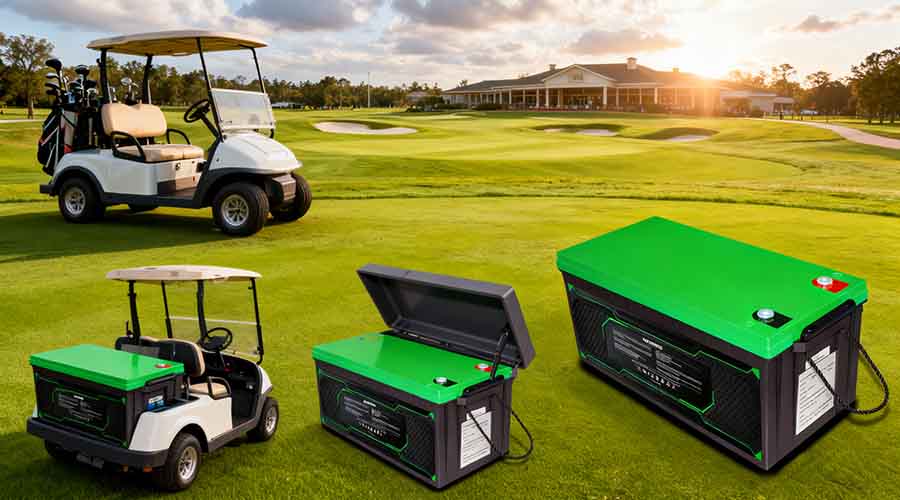
When reliability matters most, HiMAX delivers. Our high-performance golf cart batteries are built for durability, consistency, and long life. Designed with advanced lithium technology, HiMAX ensures maximum efficiency for every round on the course. Whether you’re upgrading from lead-acid or replacing worn-out cells, HiMAX provides a smarter energy solution for the long haul.
For golf carts that need lasting power and smooth performance, explore our deep cycle lifepo4 battery range—engineered to keep your cart moving strong, charge after charge. With HiMAX, you’re not just powering a vehicle—you’re powering confidence.


